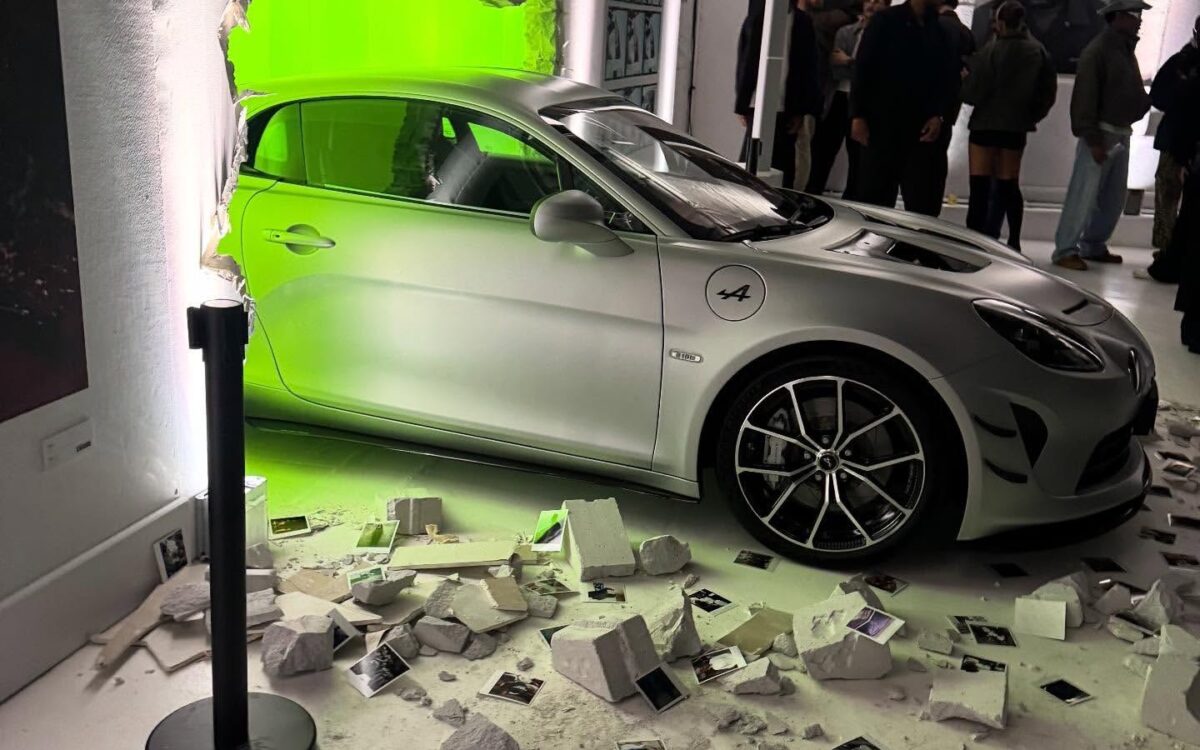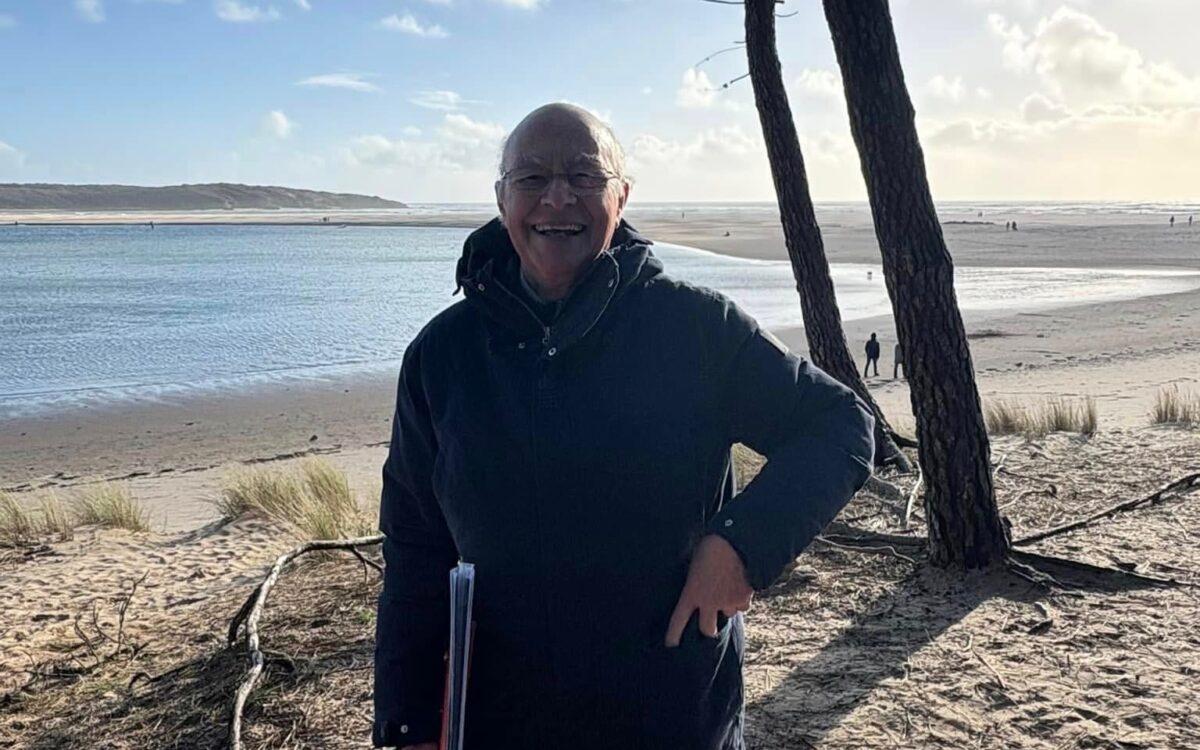GROUP EXHIBITION “(UN)NATURAL BODIES”
The group exhibition “(UN)NATUARL BODIES” will be on view from April 4 at the Latvian Museum of Photography. This exhibition is a part of Riga Photography Biennial – NEXT 2019 programme.
The exhibition touches upon a wide notion of (UN)NATURAL BODIES – analysed from different perspectives; either individual or collective, intimate and sensual or entangled in dramatic common history (WWII), metaphorically or literally intertwined with nature, melted in digital reality or craving for sensual confirmation. Authors are students and graduates of the Photography Department at the University of Arts in Poznan (PL).
This body can do wonders – says Wiktor, the first transgender person portrayed by Joanna Berg. This body is very concrete – yet fluid in its identity. It is material and sensual – yet dematerializes in conventional social norms. It is a story of an individual body – yet it covers stories of many – non-normative, strange, hidden, rejected, provoking fear, but also beautiful and attractive in their otherness. The role of the photographer in this story is not unequivocal – however, she wants to stand against the violence hidden in social rejection, Joanna is aware of the violence inseparable from the very act of photographing, particularly when working in small spaces with a large format camera. Joanna wants us to feel the immediate closeness and sensual presence of the body, the body that is no easy fit in the seemingly monolithic, uniform culture and society.

Magdalena Machnicka takes the viewers back to the world of senses or rather to the world craving for senses, which it has been deprived of. “In order to see” consists of a series of photographs of clay figures made by kids with severely impaired sight. Magdalena Andrynowska entitled her work “The whole emptiness” yet it is full of intensity and presence. Presence, which is threatened and needs to be protected both from being really lost and forgotten. Katarzyna Bojko-Szymczewska turned to the wet plate collodion technique to build an organic map of a sensual and non-verbal communication system. She points to differences in the ways human and non-human worlds transmit knowledge and build relations. Aurelia Frydrych-Zdanowska contemplates how human and non-human bodies fail to communicate and build sustainable relations. Having observed how little living space is offered to plants in urban areas, she has developed a model of an ideal cooperation.
Piotr Zugaj, though employing art and science relation too, uses it from a different perspective when he turns to medical x-ray films to “discover” the truth hidden in the apparently innocent landscape. Joanna Czarnota in her “DNA Circulation” employs a similar perspective when bringing back the memory of partly forgotten, anonymous and excluded bodies. Embarking on a pilgrimage to several former German extermination camps in Poland inspired her to first turn to sculpture and only later to photography.Agnieszka Hinc in her projects takes up subjects related to the body, human, time and space. Agnieszka is interested in the structure of the human body, its relationship with the surrounding space and transformation of human being over time.
 “(UN)NATURAL BODIES” brings together works by artists for whom photography is not the ultimate goal nor is it a sole mean to reach the goal. All artists carefully choose such forms of representation of this medium which can not only convey they main massage but will in parallel comment on the medium’s intrinsic features. They successfully work on the edge of photography and other media pushing their boundaries. A lot happens on the edges, when meanings intersect and overlap, when categories are being negotiated. When it is no longer obvious when the bodies become (UN)NATURAL.
“(UN)NATURAL BODIES” brings together works by artists for whom photography is not the ultimate goal nor is it a sole mean to reach the goal. All artists carefully choose such forms of representation of this medium which can not only convey they main massage but will in parallel comment on the medium’s intrinsic features. They successfully work on the edge of photography and other media pushing their boundaries. A lot happens on the edges, when meanings intersect and overlap, when categories are being negotiated. When it is no longer obvious when the bodies become (UN)NATURAL.
Anna Kedziora (PhD), visual artist, curator and teacher at the Photography Department, University of Arts in Poznan, Poland. Co-founder and manager of an international photography competition Poznan Photo Diploma Award. Co-curator and curator of various photography exhibitions. Presented her works in several individual and group exhibitions and conferences in Poland, Germany, Spain, Greece, Wales, Sweden, Belarus, Lithuania and Slovakia. Her research and artworks embrace: photography and language, photography and memory, tensions between nature and culture, nature embedded in history, landscape and power.
Riga Photography Biennial – NEXT 2019 programme will be held in Riga (Latvia) and Berlin (Germany) from April 4 till June 28. Its programme will consist of two main parts – solo and group exhibitions in Riga and Berlin and an education programme, which, in addition to lectures and artist presentations, will also include an interdisciplinary symposium and portfolio review.
The Riga Photography Biennial is an international contemporary art event, focusing on the analysis of visual culture and artistic representation. The term ‘photography’ in the title of the biennial is used as an all-embracing concept encompassing a mixed range of artistic image-making practices that have continued to transform the lexicon of contemporary art in the 21st century. The biennial’s Off-year Programme (NEXT) focuses mainly on young and promising artists from the Baltics, Nordic countries and Europe who are still in the early stages of their careers.
THE EXHIBITION OPENING WILL TAKE PLACE ON APRIL 4, 2019 AT 5 PM AT THE LATVIAN MUSEUM OF PHOTOGRAPHY, MARSTALU STREET 8 (ENTRANCE FROM ALKSNAJU ST.)
PHOTOGRAPHS WILL BE TAKEN AT THE EVENT!
WE WOULD LIKE TO EXPRESS OUR GRATITUDE TO STATE CULTURE CAPITAL FOUNDATION, RIGA CITY COUNCIL, EMBASSY OF THE REPUBLIC OF POLAND IN RIGA, ADAM MICKIEWICZ INSTITUTE, RIXWEL HOTELL AND DESIGN AGENCY “PIECI EZERI”.
Lettisches Fotografiemuseum
Address: Marstalu iela 8, Riga LV-1050
Phone: (+371) 722 2713
Internet: www.fotomuzejs.lv






